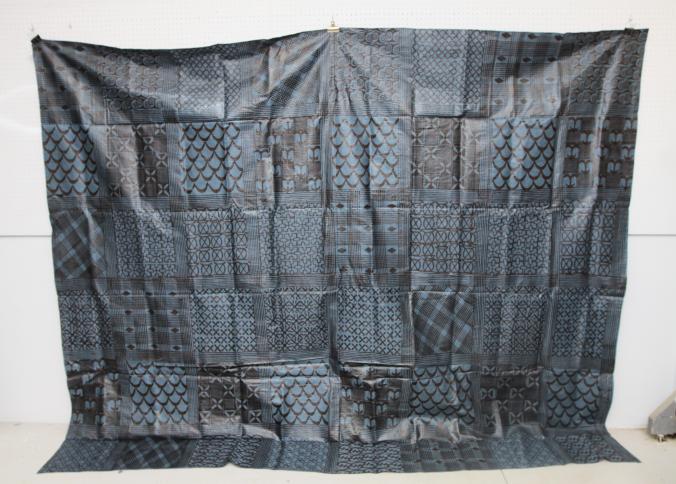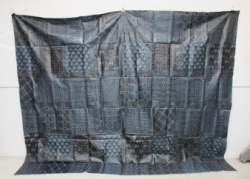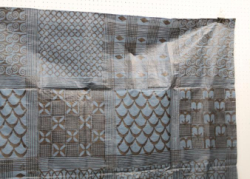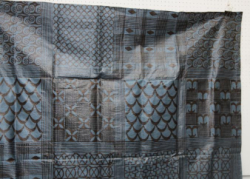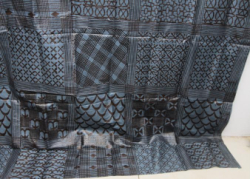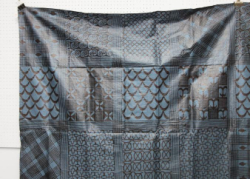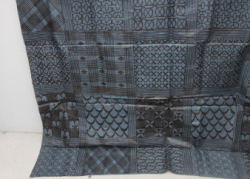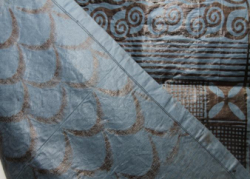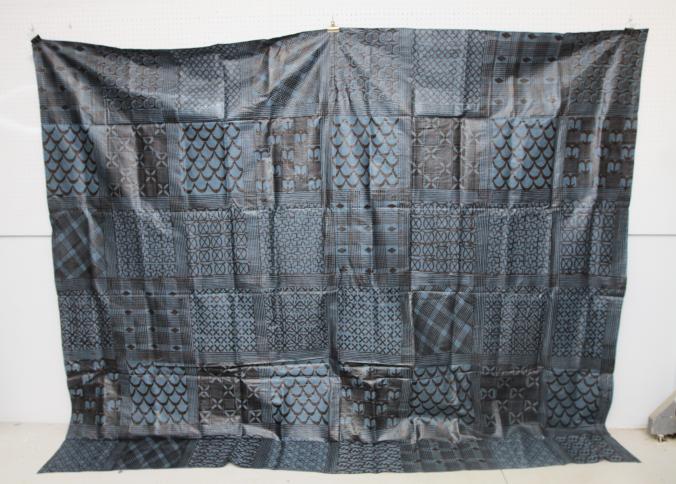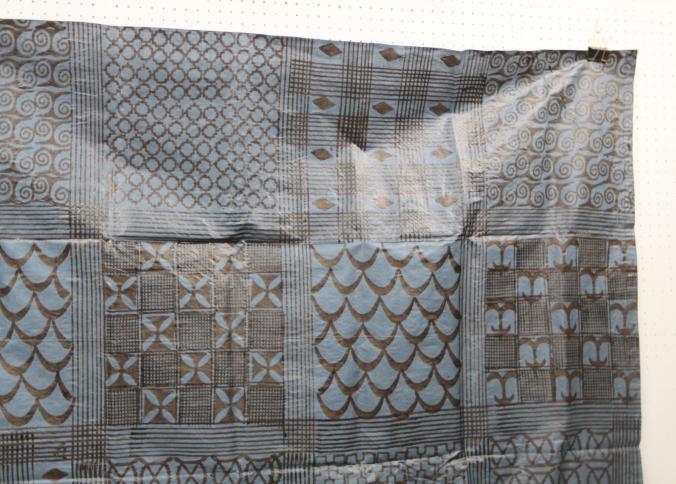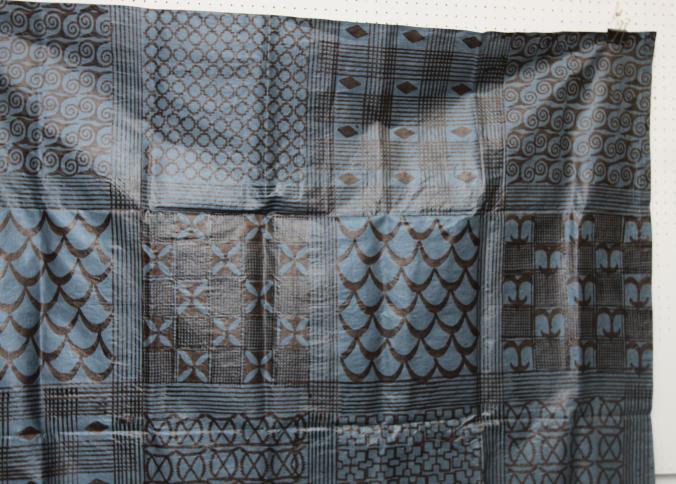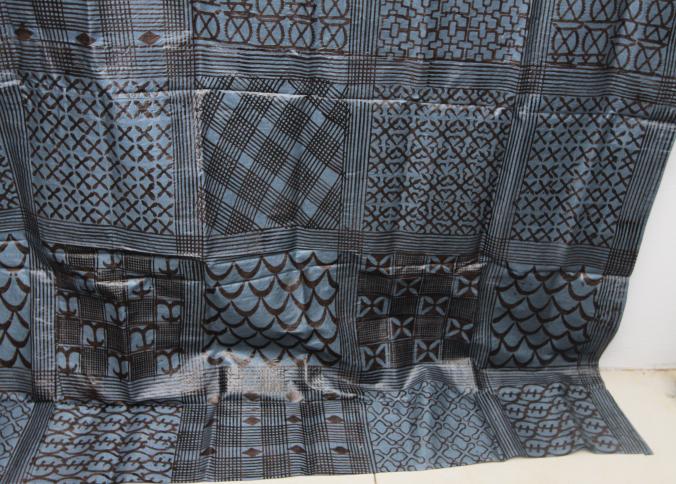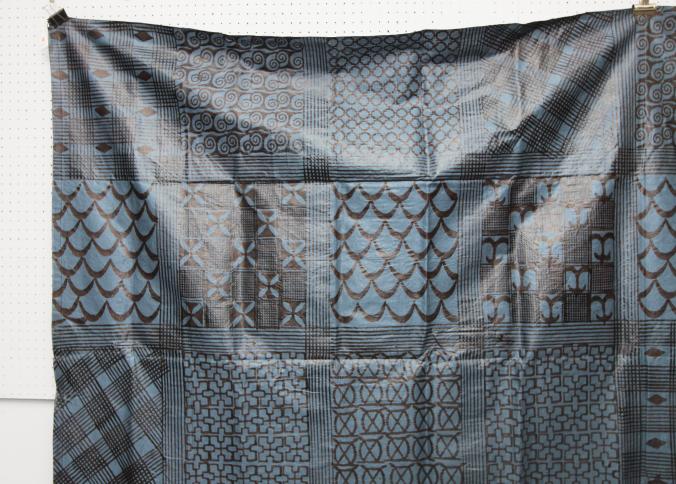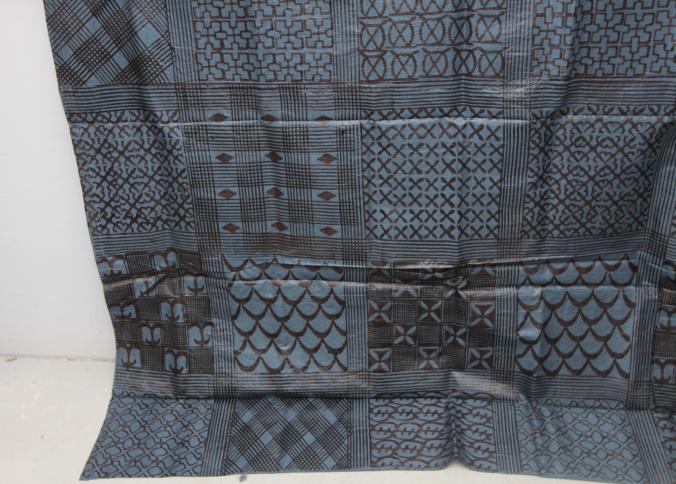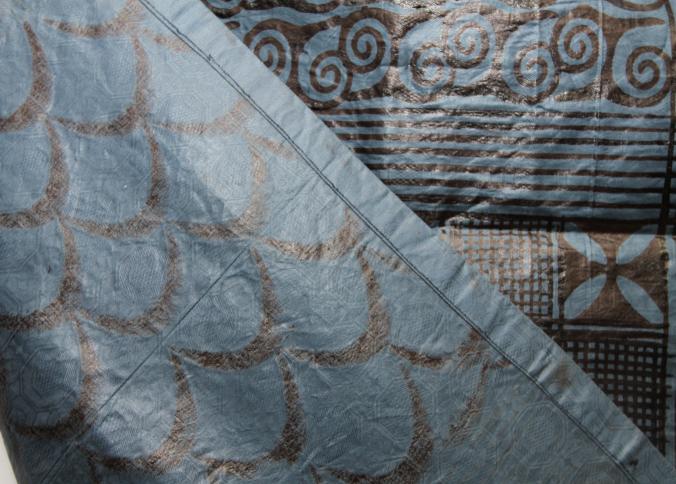AFRICAN ART COLLECTION OF MARY SUE AND PAUL PETER ROSEN
Mary Sue and Paul Peter Rosen have collected African art for over thirty years, making nine trips to Africa to study the art in its cultural setting. The Rosens have published three African art books, curated more than ten exhibitions from their collection, and have given public lectures about African art and culture. They have donated art from their collection to various institutions including the Newark Museum, Temple University in Philadelphia, the SMA Fathers African Art Museum in Tenafly, New Jersey, and the African American Research Library in Fort Lauderdale, Florida.
Payment is due by Thursday, December 14 at 3PM.
Pickup in Pleasant Valley, NY must be completed by Friday, December 15 at 3PM.
All lots sold as is, where is. There is a 15% Buyers Premium for all lots purchased. Payment methods include cash, MC, Visa, Discover or good check. You can make credit card payment online by going to your Member Area and selecting your invoice.
*NOTE* Shipping is available on all items.
J-B BACQUART: TRIBAL ARTS OF AFRICA 1998
ROSEN MS/ ROSEN PP: THE COLORFUL SOGO BO PUPPETS OF MALI 2012
J GILLOW: AFRICAN TEXTILES 2003
D CLARKE: THE ART OF AFRICAN TEXTILES 1997
Payment is due by Thursday, December 14 at 3PM.
Pickup in Pleasant Valley, NY must be completed by Friday, December 15 at 3PM.
All lots sold as is, where is. There is a 15% Buyers Premium for all lots purchased. Payment methods include cash, MC, Visa, Discover or good check. You can make credit card payment online by going to your Member Area and selecting your invoice.
*NOTE* Shipping is available on all items.
THE FOLLOWING REFERENCES CITED BY AUTHOR(S) AND PUBLICATION YEAR IN VARIOUS LOTS ARE COMMERCIALLY AVAILABLE:
ROSEN MS/ ROSEN PP: MASKS FROM WEST AND CENTRAL AFRICA 2013J-B BACQUART: TRIBAL ARTS OF AFRICA 1998
ROSEN MS/ ROSEN PP: THE COLORFUL SOGO BO PUPPETS OF MALI 2012
J GILLOW: AFRICAN TEXTILES 2003
D CLARKE: THE ART OF AFRICAN TEXTILES 1997
Auction Info
AFRICAN ART COLLECTION OF MARY SUE AND PAUL PETER ROSEN
Mary Sue and Paul Peter Rosen have collected African art for over thirty years, making nine trips to Africa to study the art in its cultural setting. The Rosens have published three African art books, curated more than ten exhibitions from their collection, and have given public lectures about African art and culture. They have donated art from their collection to various institutions including the Newark Museum, Temple University in Philadelphia, the SMA Fathers African Art Museum in Tenafly, New Jersey, and the African American Research Library in Fort Lauderdale, Florida.
Payment is due by Thursday, December 14 at 3PM.
Pickup in Pleasant Valley, NY must be completed by Friday, December 15 at 3PM.
All lots sold as is, where is. There is a 15% Buyers Premium for all lots purchased. Payment methods include cash, MC, Visa, Discover or good check. You can make credit card payment online by going to your Member Area and selecting your invoice.
*NOTE* Shipping is available on all items.
J-B BACQUART: TRIBAL ARTS OF AFRICA 1998
ROSEN MS/ ROSEN PP: THE COLORFUL SOGO BO PUPPETS OF MALI 2012
J GILLOW: AFRICAN TEXTILES 2003
D CLARKE: THE ART OF AFRICAN TEXTILES 1997
Payment is due by Thursday, December 14 at 3PM.
Pickup in Pleasant Valley, NY must be completed by Friday, December 15 at 3PM.
All lots sold as is, where is. There is a 15% Buyers Premium for all lots purchased. Payment methods include cash, MC, Visa, Discover or good check. You can make credit card payment online by going to your Member Area and selecting your invoice.
*NOTE* Shipping is available on all items.
THE FOLLOWING REFERENCES CITED BY AUTHOR(S) AND PUBLICATION YEAR IN VARIOUS LOTS ARE COMMERCIALLY AVAILABLE:
ROSEN MS/ ROSEN PP: MASKS FROM WEST AND CENTRAL AFRICA 2013J-B BACQUART: TRIBAL ARTS OF AFRICA 1998
ROSEN MS/ ROSEN PP: THE COLORFUL SOGO BO PUPPETS OF MALI 2012
J GILLOW: AFRICAN TEXTILES 2003
D CLARKE: THE ART OF AFRICAN TEXTILES 1997
Categories:
ADINKRA MOURNING CLOTH. Ashante people, Ghana. This type of dark robe is worn by a man attending a funeral or other solemn occasion. It is decorated with Adinkra symbols that form a language with social, theological and philosophical meaning. The word “Adinkra” may derive from the name of a 17th century Ashante king, Nana Kofi Adinkra, or from the word “dinnkera” meaning “saying goodbye”. In this example, the stamps made from dried calabash rinds were applied with a special black ink to one side of dark blue cotton damask cloth. The underlying pattern in the shiny damask cloth is visible. This cloth was collected in the town of Ntonso from the maker, Samuel Amankwatia Evans in 2004. It consists of two joined sheets of damask cloth measuring in toto 100in x 144in. See Quarcoo 1994 for explanation of the symbols.
More Details
ADINKRA MOURNING CLOTH. Ashante people, Ghana. This type of dark robe is worn by a man attending a funeral or other solemn occasion. It is decorated with Adinkra symbols that form a language with social, theological and philosophical meaning. The word “Adinkra” may derive from the name of a 17th century Ashante king, Nana Kofi Adinkra, or from the word “dinnkera” meaning “saying goodbye”. In this example, the stamps made from dried calabash rinds were applied with a special black ink to one side of dark blue cotton damask cloth. The underlying pattern in the shiny damask cloth is visible. This cloth was collected in the town of Ntonso from the maker, Samuel Amankwatia Evans in 2004. It consists of two joined sheets of damask cloth measuring in toto 100in x 144in. See Quarcoo 1994 for explanation of the symbols.
High Bid:
$100.00 – siwasally
Auction Type: One Lot
Quantity: 1
Bidding has closed on this lot

